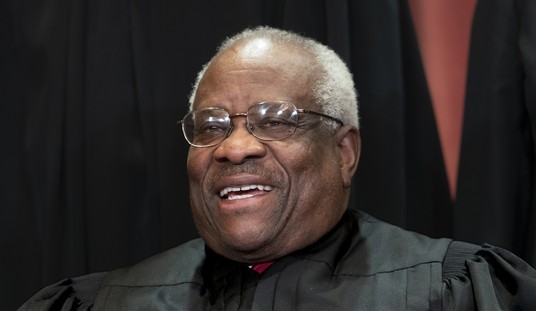 Learn what to watch for—from the key issues of the case to the justices themselves—when the Supreme Court hears oral arguments on ObamaCare in March.
Learn what to watch for—from the key issues of the case to the justices themselves—when the Supreme Court hears oral arguments on ObamaCare in March.
With the Supreme Court set to hear arguments on ObamaCare next month, Townhall Magazine is bringing you a comprehensive preview of the major issues in the case as presented by the Judicial Crisis Network's Carrie Severino in her white paper for the organization. In addition, attorneys Gordon D. Todd and Brian P. Morrissey have provided analysis on what to watch for from each justice. Here is a taste of the Townhall Magazine's can't-miss March feature, "ObamaCare at the Supreme Court: What to Expect" :
Note: Carrie Severino will be filing three amicus briefs in this case, all in support of the parties challenging the law. Two are on behalf of a coalition of U.S. senators, and a third is on behalf of Speaker of the House John Boehner. Below are excerpts from the white paper the author prepared on the case for the Judicial Crisis Network and are running in Townhall's February issue:
Two years after the mammoth Patient Protection and Affordable Care Act (PPACA) was signed into law, the Supreme Court will hear arguments in a case challenging the law’s constitutionality that is historic in its proportions. The justices will read over 1000 pages of filings from the parties alone—and likely far more from groups filing friend-of-the-court or “amicus curiae” briefs. They will hear five-and-a-half hours of oral arguments over a period of three days. All this will determine not only the survival of the president’s signature legislation but whether there still are any meaningful constitutional limits on the federal government’s power.
Recommended
The biggest target for challengers of the law is its central provision: the mandate that all Americans (and lawful residents) purchase government-approved health insurance. Twenty-six states also argue that it violates their state sovereignty by coercively conditioning all Medicaid spending on dramatic expansions in eligibility.
The way the complicated legislation was drafted has brought in two additional issues. First, the Court must decide whether the parties can even sue before the law takes full effect in 2014. Additionally, the Court has to consider whether, in such a complicated piece of legislation, invalidating a central provision like the individual mandate means that the whole law must fall with it. ...
Watching the Justices During PPACA Oral Arguments
*note: this section authored by Gordon D. Todd and Brian P. Morrissey
Sitting center stage in the ObamaCare oral arguments will be the nine men and women whose constitutional offices and oaths were intended to shield them from political influence and whimsy. These oral arguments promise to provide plenty of both, and throughout, the advocates will probe for arguments that resonate with particular justices.
Chief Justice Roberts
As with many “landmark” decisions, this case presents the possibility of a 5-4 vote on an important and contentious political issue. That doubtless weighs on Chief Justice Roberts’ mind. During his confirmation hearings and afterwards, Roberts emphasized that consensus—and, where possible, unanimity—are valuable as they “promote clarity and guidance” to lawyers and lower courts, and more stability in the long run. While a divided opinion may be inevitable, to the extent a procedural issue presents the chance for a narrow ruling securing a broad consensus among the justices, the chief justice will certainly study it carefully.
If a 5-4 decision is unavoidable, Chief Justice Roberts has shown that he will not hesitate to join the battle where necessary.
On the merits, Roberts’ views will be among the most interesting to watch. The chief has had limited opportunity to address the scope of congressional power, giving Court watchers little to discern his thoughts on federalism and state’s rights. Two cases offer potential—albeit contradictory—clues. ...
Read more of these experts' analysis in the February issue of Townhall Magazine, including:
--what each side will be arguing and the 4 main issues at stake
--which issues will appeal to which justices
--how the case came to the Supreme Court
Order Townhall Magazine today to read the full report in the February issue.



























Join the conversation as a VIP Member